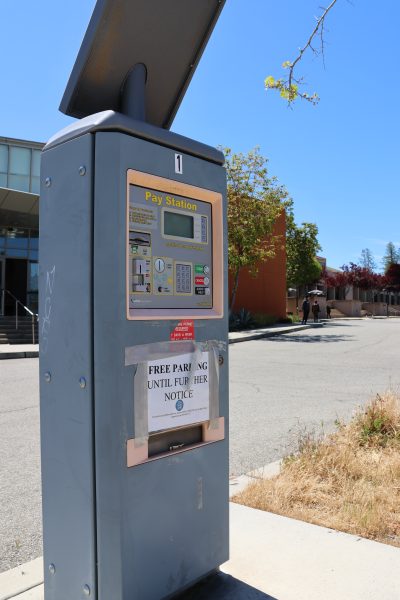Don’t laugh off comics just yet
Comics becoming obsolete?
No. By some measures, they are flourishing as a medium. It is
time for the stigma against comic books and their readers to be
dispelled. Everything you think you know about the comic book
world is wrong.
Comic readers are only children or creepy old guys
When prompted to imagine the average comic book reader, most
people visualize a character from “The Big Bang Theory” or a preteen
boy. In reality, comic readers are incredibly diverse, ranging
widely in age, ethnicity, and gender. According to Ronny Romano,
a 27-year-old Heroes Comics employee, there is a broad variety of
comic collectors that visit Heroes, ranging from 10 to 50 years of
age.
A survey by Graphic Policy has shown a steady increase in
female readership of comics since 2012. Marvel and DC Comics
have featured more female characters, which may be contributing
to an increase in female readers. I have been reading comics since
I was a little girl.
The misconception of the age of comic readers might be the most
incorrect. The majority of comics are, in fact, not appropriate for
kids. Romano explained how adult-themed comics started to evolve
in the 1980s when the stories began to get more interesting and
complex. A perfect example of this is the greatly acclaimed graphic
novel, Watchmen.
“Watchmen addressed deeper themes of humanity [than comics
before it] – what it means to be human and the responsibility of
being a hero,” said Romano.
No one reads comics anymore.
Romano comments that the rise in popularity of superhero movies
has helped keep comics popular with the younger generation.
“[Millennials] see a superhero movie and want to know more
about [the characters]. So they come to buy the comics.”
Since its acquisition by Disney, Marvel has rolled out a new type
of comics called prelude comics, created as a type of prequel to
expand on whatever new movie Marvel is currently promoting.
A similar strategy to attract new readers are the “New Beginnings”
segments, wherein a comic storyline is reset to issue #1. These
issues feature new stories, but with the same popular characters,
and are more accessible to new readers who don’t want to jump into
the middle of an unfamiliar storyline.
Reading comics is not “real” reading
The art of the comic book and graphic novel have long been
dismissed as base entertainment, and graphic novels and comics are
only recently being recognized for their literary significance, despite
the astounding amount of effort that it takes to create them.
They also have the potential to help with literacy. Because comics
are easier and more fun to read than ‘Pride and Prejudice,’ many
schools are encouraging their students to read comics to improve
their reading skills. According to Scholastic Inc., “School librarians
and educators have reported outstanding success getting kids to
read with graphic novels, citing particularly their popularity with
reluctant readers.”
Comic books aren’t worth anything anymore
Average comics range in price between $2.99 -$4.99 and the
price may be higher for graphic novels and rare comics. The
most expensive comic in Heroes currently is an issue of Batgirl
Adventures for $1200. So what makes a comic worth $1200? One
of the biggest reasons for a valuable comic would be how many of
an issue were printed.
“Older is better.” said Romano. “Before 1975, print runs were
low so less of each issue were made.” Another is if there is a first
appearance of a character. “When the movie ‘Deadpool’ came out,
and because it was a good movie, ‘New Mutants #98’ rose in value
because that is the issue with ‘Deadpool’’s first appearance.”
Comic books aren’t a dying craft. From the cultural impact
ranging from hundred-million dollar movies to the diversity of
readers, it’s clear they’re here to stay for some time yet.







